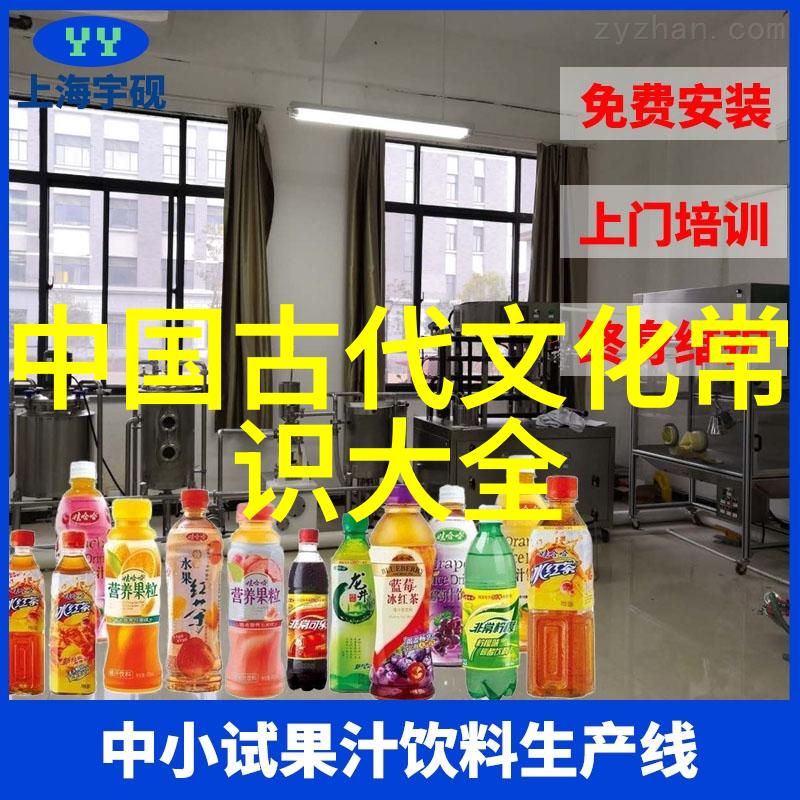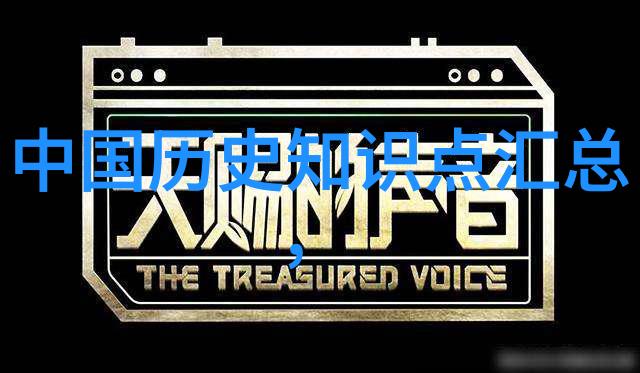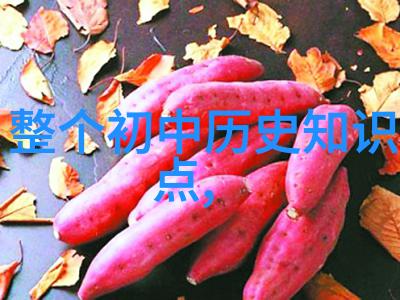《江南春光图》:清代园林风俗画家徐扬绘制,描绘乾隆年间(1736-1759)苏州城春天的景象。常言道:“读万卷书不如行万里路”,扩展视野、体验异地历史文化,是物质生活富足的香港人的向往,每逢有长假期,赤立角及罗湖等离境口岸总拥挤得水泄不通。自七、八十年代经济起飞,旅游业在香港蓬勃发展,世界各地的旅行团、自驾游、生态旅游等推销广告,五花八门的,有时候令人看得眼花缭乱。

很多人都以为旅游是属于当代的产业,但意想不到的是,旅游活动早在明清时期已相当兴盛。文化讲座“明清时期旅游活动的兴盛与旅游文化的建构”是巫仁恕博士最近写了十一万字的著作的浓缩本,他选了几个比较有趣的面向来跟莘莘学子分享研究心得。他说:“在现代旅游业诞生之前, tourism activities existed in China for a long time, and the Ming and Qing dynasties already had various types of tourism activities with modern features. The common people of that era were fond of traveling, and they used the term '游观' to describe their travels. The important promoters of the travel culture in Ming and Qing times were scholars, who made significant contributions to the development of tourism.”
The "游观" culture was characterized by large-scale public gatherings such as pilgrimages, temple fairs, and festivals. These events brought together people from all walks of life and created a sense of community among them. For example, during the Spring Festival or Mid-Autumn Festival in Jiangnan cities like Suzhou or Hangzhou, there would be numerous "painting boats" gathering at scenic spots along rivers like the Qinhuai River or Lake Tai.

Patrons would hire decorated boats called "sand flying boats" or "fire food boats," which came equipped with dining facilities. They could also enjoy theater performances on board while being served by young girls dressed up as boys. Some tourists even took part in group tours organized by local communities for pilgrimages to famous temples.
As for accommodation services catering to travelers, temples provided lodging options alongside restaurants serving local delicacies called "water-side tea houses." In terms of transportation infrastructure supporting these developments was a network system consisting mainly waterways that allowed visitors access to remote areas through boat rides.

In addition to this variety-packaged tour experience offered by locals around 1600s European missionaries described Chinese tourists as having an impressive array transportations including sedan chairs comfortable enough for short journeys but not suitable for long ones compared Europe's coach journey; while hotels are clean yet lacking something special compared with British establishments.
But Dr. Patu reveals that these early European views on China were exaggerated praise intended stimulate Europeans reform themselves rather than reflect reality accurately; China didn't have those wonderful things they described it did have plenty else worth seeing too though! So let's go back now see how our world has changed since then - do you remember what we talked about earlier?





